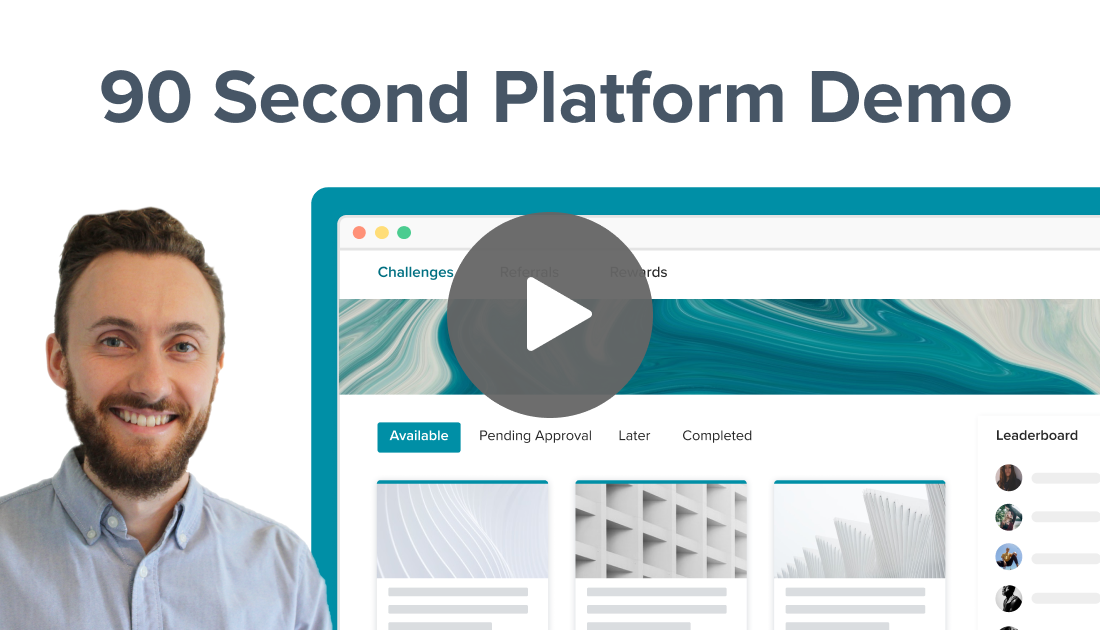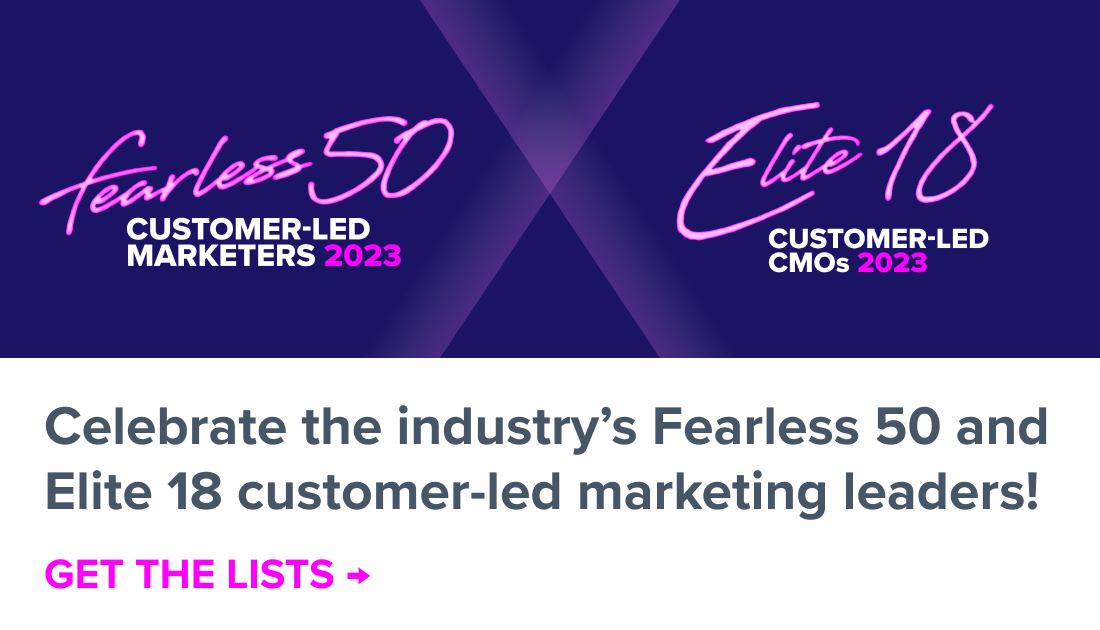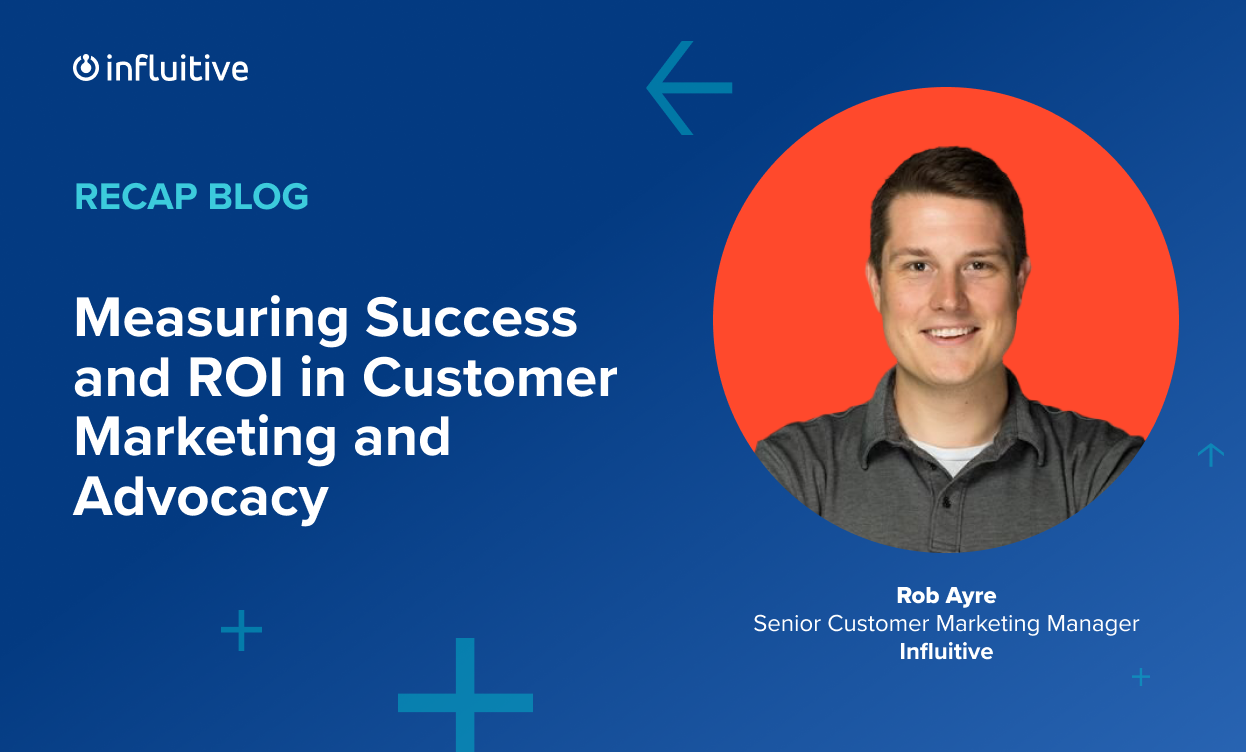Welcome to part 2 of our recap series from the latest Customer Marketing Summit. Check out part 1 on how customer success, marketing and advocacy work better together to scale customer relationships.
One topic we kept hearing throughout the day (and with plenty of questions driving it) was, simply, “How http://influitive.com/blog/how-customer-success-marketing-advocacy-work-better-together-to-scale-customer-relationshipsdo I measure my program?” This led to another question, “How do I report the success of my program up to my executives?”
What stood out most is that how you measure can vary depending on the program’s goals, but there are a few key elements you need to consider as you plan the year ahead.
Meenakshi Lakhwani, Senior Customer Advocacy Manager at Workday shared her team’s approach to measuring the impact of advocacy.
The team at workday focuses one thing above all else, put the customer at the center of all you do. The currency in Customer Marketing and Advocacy is TRUST.

For Meenakshi and her team, they keep their efforts focused and measure in key areas to define their success. This is an approach that was seen across sessions and the Workday team really looks to have it dialed in!
They break their overall program into three buckets.
- Creating content
- Speaking opportunities
- Reference calls that help convert and close deals

The team then takes these buckets, and places them across their sales cycle and measures accordingly. Are they creating enough of each type of these opportunities to pipeline? Are they making an impact and increasing velocity? Are there any efforts that are not yielding results and need to be improved or stopped?
The big takeaway here: Take the time to narrow your vision. As many speakers said, if you focus on everything you’re focused on nothing. In CMA, we have MANY priorities, it’s our job to determine what’s actually a priority, build the strategies needed to achieve those priorities and report on agreed metrics with your leadership teams.
In our next recap post, we’ll dive into best practices for building and launching a successful customer advisory board.












































